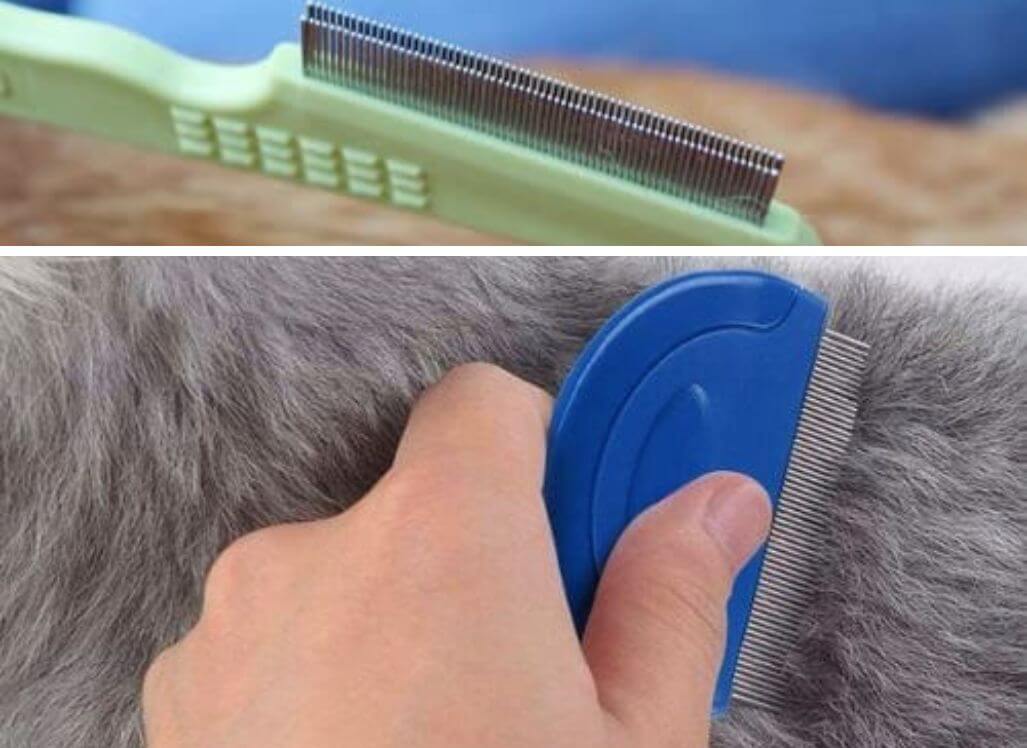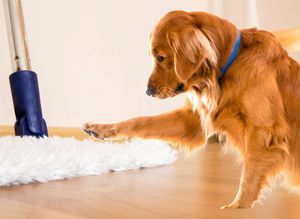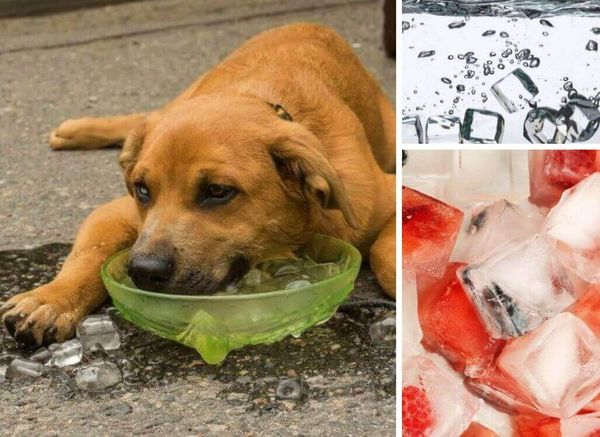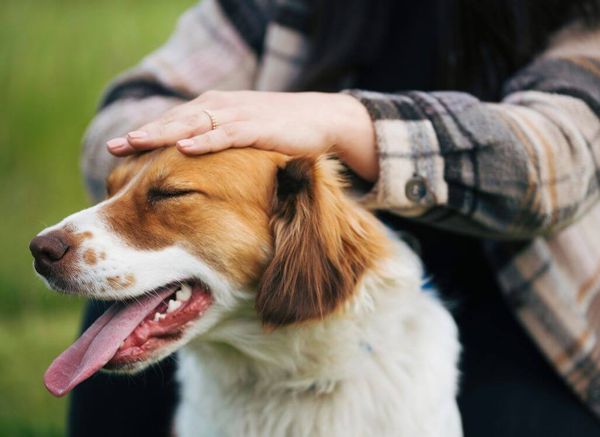If you're a dog owner, chances are you've had to deal with fleas at some point. Fleas are the most prevalent external parasite that you may find on your dog. These tiny suckers can easily find their way onto your furry friend's coat, and if left unchecked, can quickly turn into a full-blown infestation.
And it's not just your pooch that's at risk - fleas can easily spread to bedding, carpets, and any other soft furnishings in your home, making it incredibly difficult to get rid of them.
In this blog post, we'll explore 5 things you need to know about fleas and flea infestations on dogs, so you can take the necessary steps to protect your pup.
What are Fleas?
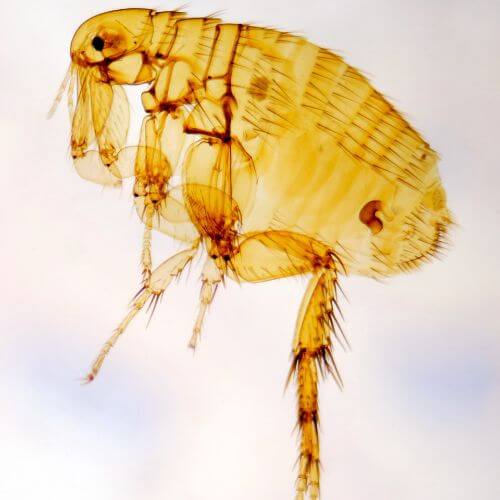
Let's start by discussing what fleas are. Fleas are tiny, flat, wingless insects with six legs and biting mouthparts. Measuring about 1-3 mm in length, the adult fleas are dark reddish-brown. With their highly developed jumping legs, fleas are capable of covering "horizontal or vertical distances 200 times their body length".
Did you know that there "are more than 2,500 flea species worldwide"? The most common flea type found on dogs is the cat flea (Ctenocephalides felis), which is, surprisingly, the most common type of flea found on dogs as well. Other flea species include dog fleas and rat fleas.
Fleas can feed on any warm-blooded body, but they prefer hairy ones like dogs. These tiny blood-sucking parasites can start feeding on your pet within seconds of getting onto your dog. They can lay around 40 to 50 eggs per day, rapidly infecting your pet's surroundings. If you don't act promptly, things can quickly spiral out of control.
The life cycle of fleas consists of four stages, namely egg, larva, pupa, and adult. Having knowledge of this life cycle can help you to interrupt the flea's life cycle and prevent an infestation from taking hold.
How Dogs Get Fleas
Your pet can be exposed to fleas through various means. You or your dog can also obviously pick up fleas when playing with other infected animals, and you can pick them up simply by being in an infected home.
Fleas can infest both wild animals and domestic outdoor pets, which can then lead to flea eggs being deposited in the surrounding outdoor areas. Once hatched, fleas can then jump onto your dog and hitch a ride home.
And so you can pick up fleas when you or your pet spends time outdoors - if a flea jumps on you or your dog, you can easily bring it inside. Within minutes it will start to suck blood - and just one flea can survive for almost 2 months on your dog (or cat) as a source of food.
The Spread of Fleas
When fleas lay eggs on your pet, some eggs may fall off and hatch on your carpet, your dog's bed, your bed, cushions, or furniture. The new fleas then target you and your pet, feed on your blood, and lay more eggs - a vicious cycle.
Flea eggs hiding in the carpet pile mature into larvae that turn into pupae, which can remain inactive for several months. When conditions are favorable, the pupae will emerge as adult fleas and start the cycle all over again.
What Constitutes a Flea Infestation?
A flea infestation occurs when a large number of adult fleas, larvae, and pupae are present in an environment. An infested pet can also pass along thousands of eggs at once while grooming itself or while running through carpets/bedding/furniture around your home - thus leading to a full-blown infestation where you start seeing the adult forms hopping all over your home or business premises!
Don't underestimate the impact of a single flea on your furry friend. Though both genders are needed to breed, even one flea can indicate a larger problem hiding in your pet's fur. These pesky bugs can quickly multiply - so don't wait until it's too late to address the issue - take action at the first sign of fleas.
Signs of Flea Infestation

If you suspect that your furry friend is struggling with a flea infestation, there are a few telltale signs to keep your eyes peeled for. Fleas are sneaky and quick, and they also live deep in your pet's fur, so it can be tricky to spot them without looking closely.
The most obvious symptom is their intense scratching and itching, especially around their neck, back, and tail regions. You may also notice your dog biting and chewing at their skin, resulting in hair loss, scabs, and red, irritated skin.
Upon close inspection, you might see flea droppings that look like tiny black specks on their fur. Additionally, you may see small white specks at the base of the hair, or flea eggs. Sometimes these can also be seen on your carpet or furniture.
Fleas and Humans
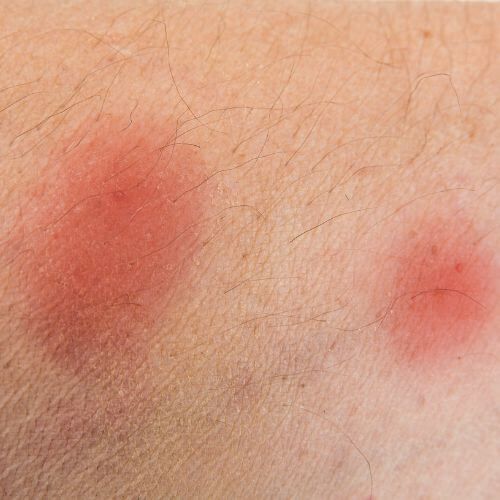
Dogs aren’t the only ones who suffer once a flea gets on them. While fleas don't live on humans, they can still bite us - most often on the feet, ankles, and legs. Fleas have the ability to jump from your pet's fur or bedding onto your skin as they are also attracted to human blood.
Flea bites can cause a negative reaction in many individuals. It's important to avoid scratching the itchy areas as this can result in skin infections. In some cases, they can even transmit diseases like typhus or plague.
Conclusion
A flea infestation is a frustrating and uncomfortable experience for both you and your furry companion. Dogs can pick up fleas easily from their environment or other animals, leading to a cycle of infestation that is difficult to break.
If you have a flea infestation, it's important to treat both your pet and your home. Fleas can spread quickly if left untreated, so it is important to stay vigilant and take proactive measures to prevent flea infestations from occurring in the first place.
Regular flea treatment and proper sanitation of your pet's environment can go a long way in keeping both your dog and your home flea-free. Keep your furry friend healthy and happy by keeping an eye out for flea symptoms, and be sure to contact your veterinarian if you have any concerns.
In upcoming blog posts, we will cover how to get rid of fleas, their prevention, and treatment measures.
You may also like:
